On one day in Grade 5 you might be reading about the quest of a boy to face mythological enemies and rescue Zeus’ lighting bolt in “The Lightning Thief,” and the next day in art you might be producing Greek ‘pottery’ that depicted an important scene from the story.
The interdisciplinary Rashi curriculum is structured to help students make connections between subjects, events, and themselves. Learning is experiential, from designing board games to teach their classmates about innovations in Ancient Egypt to testing hypotheses on growth and food insecurity by growing plants under different conditions.
One integral unit combines reading, writing, and creativity focusing on upstander and bystander behavior, particularly the Holocaust.
I have loved learning about Hana Brady from you. You seem like a really good person. Hana’s story has made me think more about my friends, family, and even strangers because everyone in the Holocaust was treated badly, especially Hana, so I don’t want that to happen again. You are a big role model for me. Your journey has made me want to learn about someone in the past, just like you did. Even though I’m only eleven, I can still do as much as I can.
This unit is focused on identifying how the actions of individuals impacted others in the past, in our present, and into the future, how individual people’s actions have made a difference.
Anne Glanz, Grade 5 teacher says “this unit challenges students to ask ‘How do individual actions affect others in the past, the present, and the future?’ We want students to see, through numerous examples, that their actions and words are powerful, and that they can affect real and positive change in the world.”
‘How do individual actions affect others in the past, the present, and the future?’
Hana’s Suitcase
As a part of this unit, Grade 5 students reflected on a book they read, Hana’s Suitcase – the true story of Fumiko Ishioka, an educator at the Tokyo Holocaust Education Research Center, as she searches for clues to the identity of a young girl, Hana Brady from a small Czech town during the Nazi invasion, and what happens to her and her family. Through Fumiko’s search starting with a suitcase, she teaches her students in Japan and others (us) about the plight of the Jews during the Holocaust through the eyes of a 12 year-old girl.
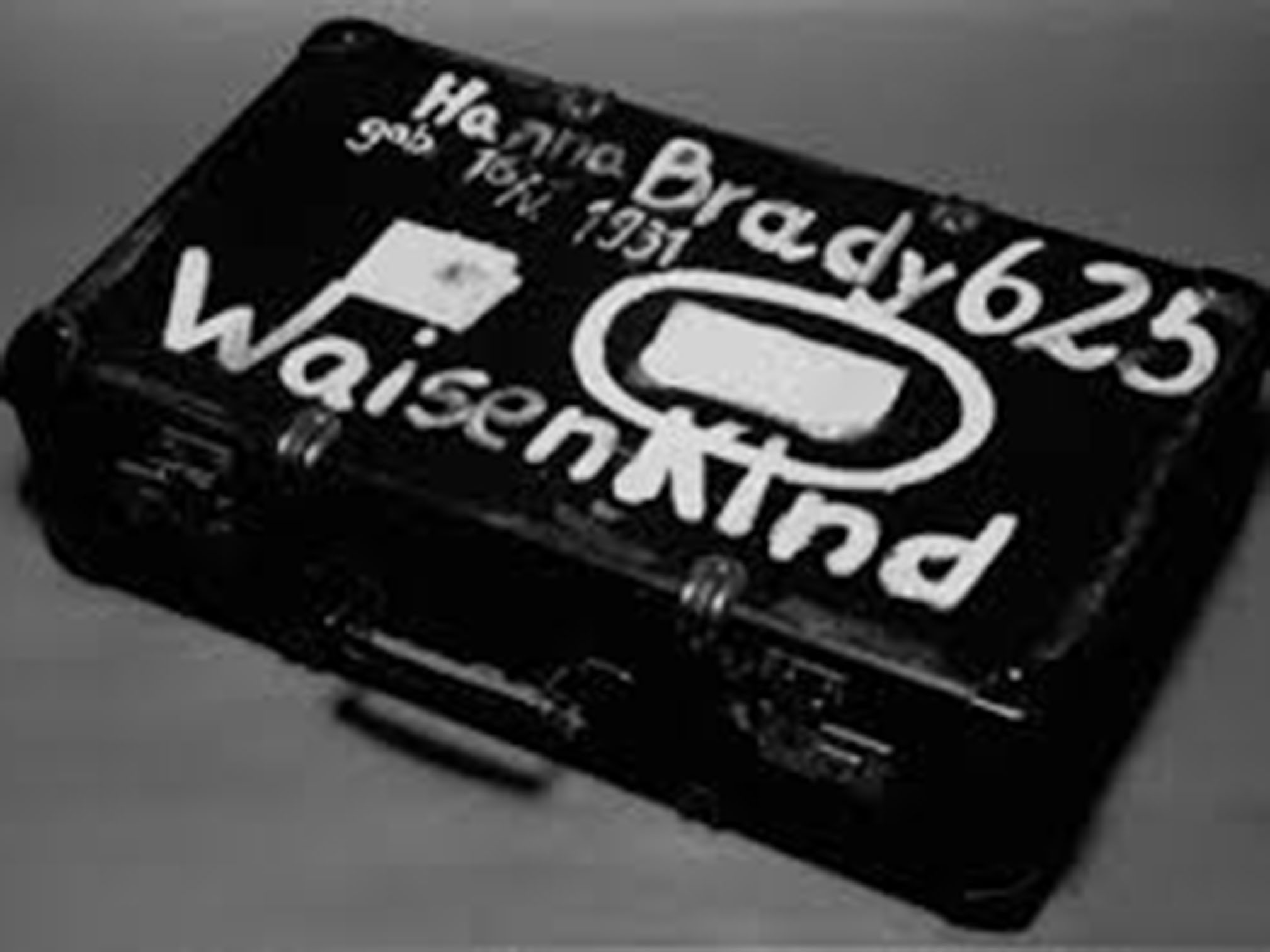
Students were given a choice between several different modes of expression to reflect their learning about the story, its messages, and how it resonates with them today.
Some penned a letter a to Fumiko detailing Hana’s story through her persistent efforts; others wrote a poem about Hana’s Suitcase; some used art to portray Hana’s story; or as a way to make connections to something modern some wrote a movie review comparing themes of the movie to the book.
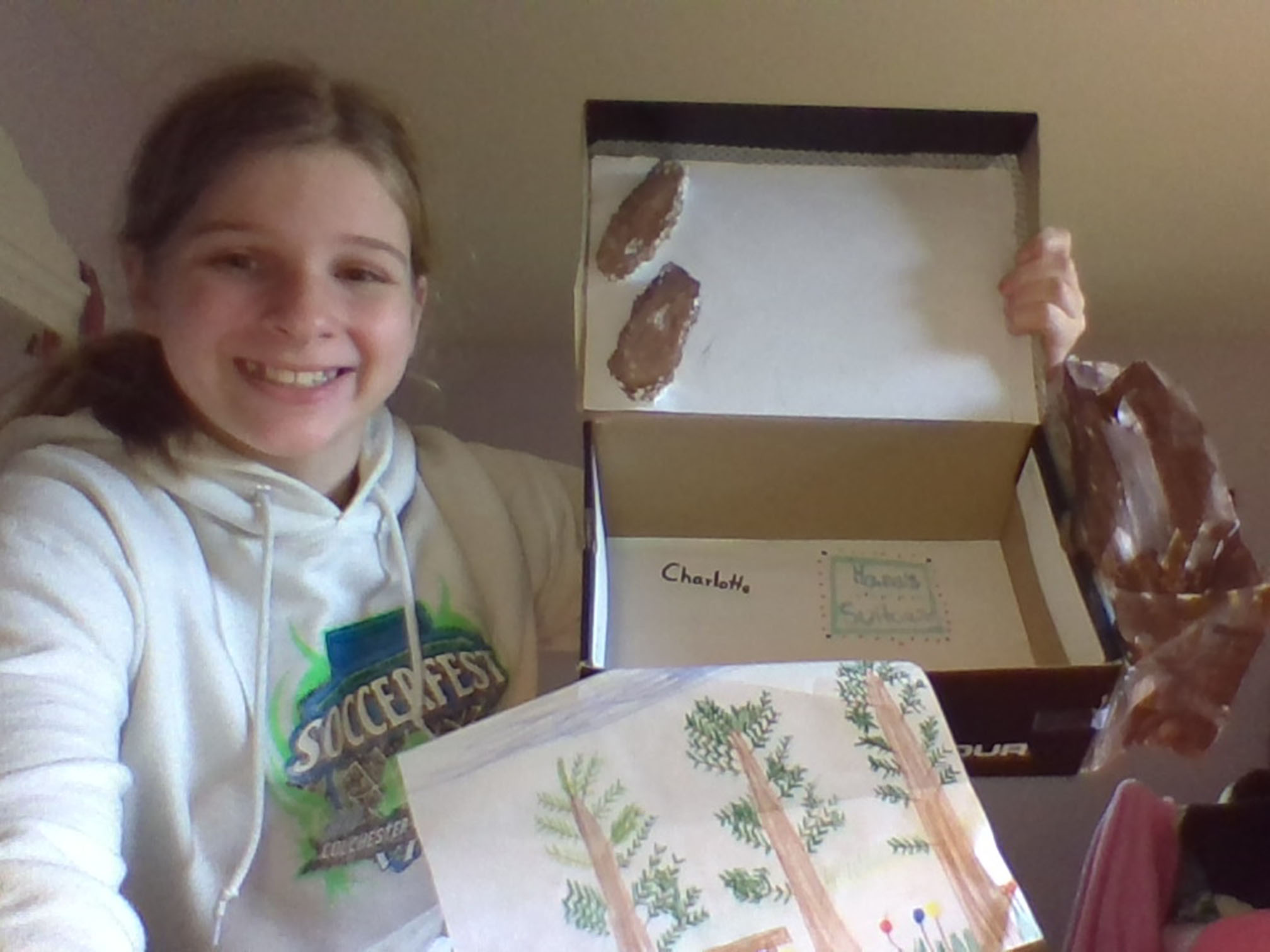
In my project I made an Identity box inspired creation. I put some of the things Hana cares about on the box. First, I made a replica of a picture that Hana drew in Terezin because Hana loved doing art in secret with the girls in Terezin. I also put in some skis because before all of Hana’s family was deported they loved to ski and skate. Last but not least, I did her suitcase because that is what the story was about. It says WaisenKind which means orphan because Hana was an orphan. I even lined part of the box with polka dots because it resembles how her suitcase had polka dotted lining. I thought the book Hana’s Suitcase was a great book and there is a lot of room to be creative with art and so much to learn from the book!
Dear Fumiko,
I learned so much about Hana Brady from you! I learned that Hana was a little girl who lived with her brother George and her mom and dad. They had a lot of fun together. They really liked ice skating and sports. They had a lot of friends and went to school, except they were Jewish. When Hilter started to make rules the Jews had to follow in 1939, Hana and George were upset. They had to start wearing yellow stars wherever they went and they had a curfew. Soon, they couldn’t even go to school. Then sadly, Hana’s mom was taken away to a concentration camp. They were very sad and couldn’t believe what was happening. Hana got a letter from her mom after a little while. Soon after, Hana’s dad was taken away to a different camp. Hana and George were all alone except for their housekeeper, Boshka. After their dad was taken away, Hana and George moved in with their Aunt Hedda and Uncle Ludvik. They lived there for the time being. All of a sudden, they were taken away. Hana and George had to be separated when they got to Theresienstadt, and they were both very sad. They couldn’t see each other either.
Hana didn’t get enough food, water, outside time, or space. She was miserable but she ended up making some friends. Hana and George got to see each other again, but then they were sent to a different camp. They boarded a train that was packed to the brim. When they got there they had to stand outside for hours until they were finally moved. Sadly, a while later in Auschwitz, Hana died, but George survived.
Fumiko, I think it was really important that you spent so much time for Hana so that we could understand what happened to the Jews. You worked nonstop and that is very important. Also if Hana was still alive she would be honored that you spent so much time on her. In addition, it took hours of work and I could never do that. It may just be because I can’t sit still very well, and I need something to do with my feet or hands, but it is still impressive.
I think one of your bravest moments was going to the museum in Terezin because you lived in Japan so that was a really far way to travel. I would be pretty scared to be honest. Another one of your bravest moments was when you wrote that letter to George because you knew it could possibly hurt him. Even though you wrote the letter very well, you could see if someone would get hurt by it, which I think is very brave!
Some questions I have for you are:
- Did you get inspired from someone to start learning about Hana?
- What was your favorite moment of your journey with Hana?
- Who was your favorite person from Hana’s story? (Mine was George)
- How did you start Small Wings?
I have loved learning about Hana Brady from you. You seem like a really good person. Hana’s story has made me think more about my friends, family, and even strangers because everyone in the Holocaust was treated badly, especially Hana, so I don’t want that to happen again. You are a big role model for me. Your journey has made me want to learn about someone in the past, just like you did. Even though I’m only eleven, I can still do as much as I can.
Sincerely,
Josie
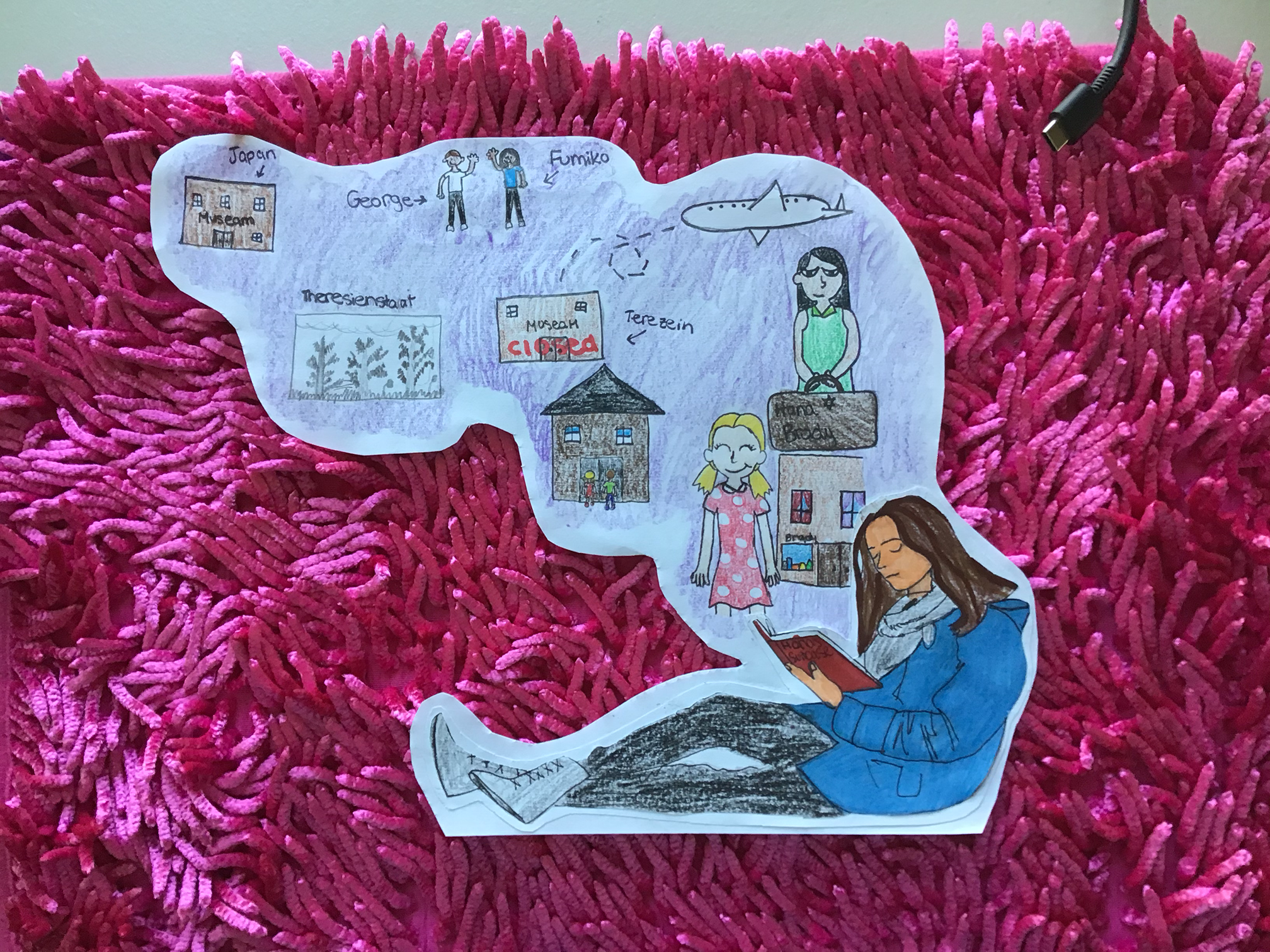
I drew a picture of myself reading Hana’s Suitcase with drawings of the story gushing out of the pages. I summarized Hana’s story and Fumiko’s journey with these drawings. My drawings begin with Hana and George’s childhood, Fumiko’s quest for information, and ends with Fumiko meeting George at the museum in Japan.
I chose to draw the story this way because I love art and I wanted to represent Hana’s journey in an artistic way. My design expresses my interpretation of the story, so I decided to make all of Hana and Fumiko’s journey coming out of the book.
Hana Brady
A teacher and an idol
A sad story to cry over
A movement of emotion
And a yielder of a notion
Fumiko forms a movement
A small group of government
Searching for the story of the girl she will never see
A suitcase as her only small memory
Fumiko ventures across large nations
Looking for a rare knowledge invitation
She gets a letter but the price
If it was a happy ending oh that would be nice
George Brady, old and retired could only give her news
That would put her head onto her shoes
A smoke chamber filled with horrid gas
A group of innocent people forced to pass
Hana, Fumiko connected but not so
Of course this search had to go
Identity, Identity
An incredible thing
Nobody knows what joy that you’ll bring
But Fumiko and Hana are similar in ways
That will leave you thinking for the rest of your days
Hana may have not became what she thought
But still she still became a teacher and taught the untaught
Small Wings fly into the sky
To make sure that no innocent person will die
Title of the movie: Captain America, The First Avenger
Title of the review: Captain Rogers, World War II; Bucky, Peggy, I love you, First Avenger, here we go, everyone assembles! (I got that line from the we didn’t start the fire marvel edition by Jimmy Fallon)
This is my review of Captain America The First Avenger. The 4 main characters are Steve Rogers\Captain America, Peggy Carter, James Buchanan ” Bucky ” Barnes, and the villain Red Skull/Johann Schmidt. The setting in the movie is during WWII. Hydra is a Nazi unit which Red Skull leads and Captain America fights against.
In the movie, Steve Rogers tries to get into the American Army. He is rejected. A scientist notices his determination and gives him a chance to be in a part of the Army where he could get chosen to be a super soldier. Being a super soldier makes him very strong and tall and he wouldn’t be a weak kid anymore. The American Army uses him as an advertisement to try to get people to enlist into the Army. When he goes to Europe to the 107th Army camp, which is a part of the army where his best friend is, he finds out that his friend Bucky was captured by Hydra. Steve goes to save Bucky and 400 other soldiers by breaking into a Hydra base. He succeeds. They see him as a warrior now! Red Skull is trying to bomb the East Coast of America, so to stop that he puts his plane in ice. He freezes with the plane for 75 years and wakes up in the 2010’s.
Captain America is an upstander. Steve Rodgers was willing to try something experementle to save a lot of people. First Captain America saves over 400 people from a Hydra base. It was a really dangerous mission because Hydra had weapons from the very powerful object the Tesseract. During the Holocaust, the American Army with Allied countries came and saved many people too. Finally, Steve Rodgers is like Nicholas Winton because they both saved people from the Nazis.
I absolutely love this movie. It is my favorite solo superhero movie made by Marvel. I like the big backstory of Steve Rogers included by Marvel before the actual epic fighting scenes begins. One of my favorite parts about the movie is how Marvel makes it serious but also very humorous at the same time.
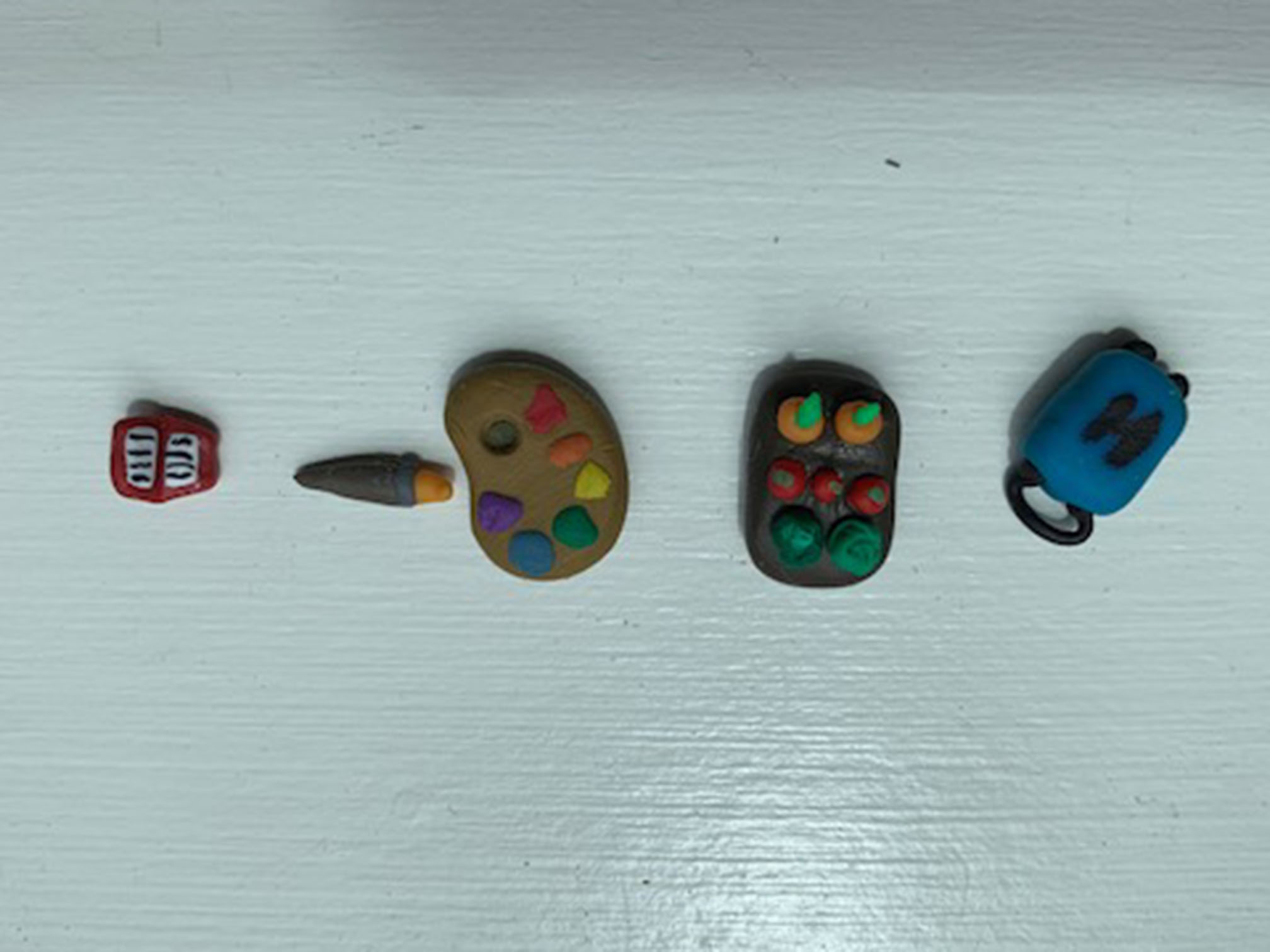
Fumiko was an upstander and helped others by teaching children about the Holocaust in Japanese and trying to spread Hana’s story. Hana’s story was important to Fumiko because Hana was symbolized for those who had died in the Halocaust. Fumiko traveled around the world and did a lot of research to find out more about Hana’s story. Hana was a 13 year old girl who was separated from her family, and she was sent to Auschwitz. Hana loved to do art, farming, and reading. My clay sculptures symbolize what she had in her life and what she loved to do.
On Taking the Unit from Classroom to Google Classroom
With the spread of coronavirus and closing of physical school buildings this spring, the learning environment at Rashi shifted from desks and chairs in the classroom to laptops and webcams in homes with Rashi Online.
This past week, Grade 5 students met via Google Classroom with David Schechter, a survivor of Auschwitz and Buchenwald. David lives in Miami with his family. He said he speaks to children as far as his voice can carry him, we are fortunate that Zoom allowed us to all hear his story.
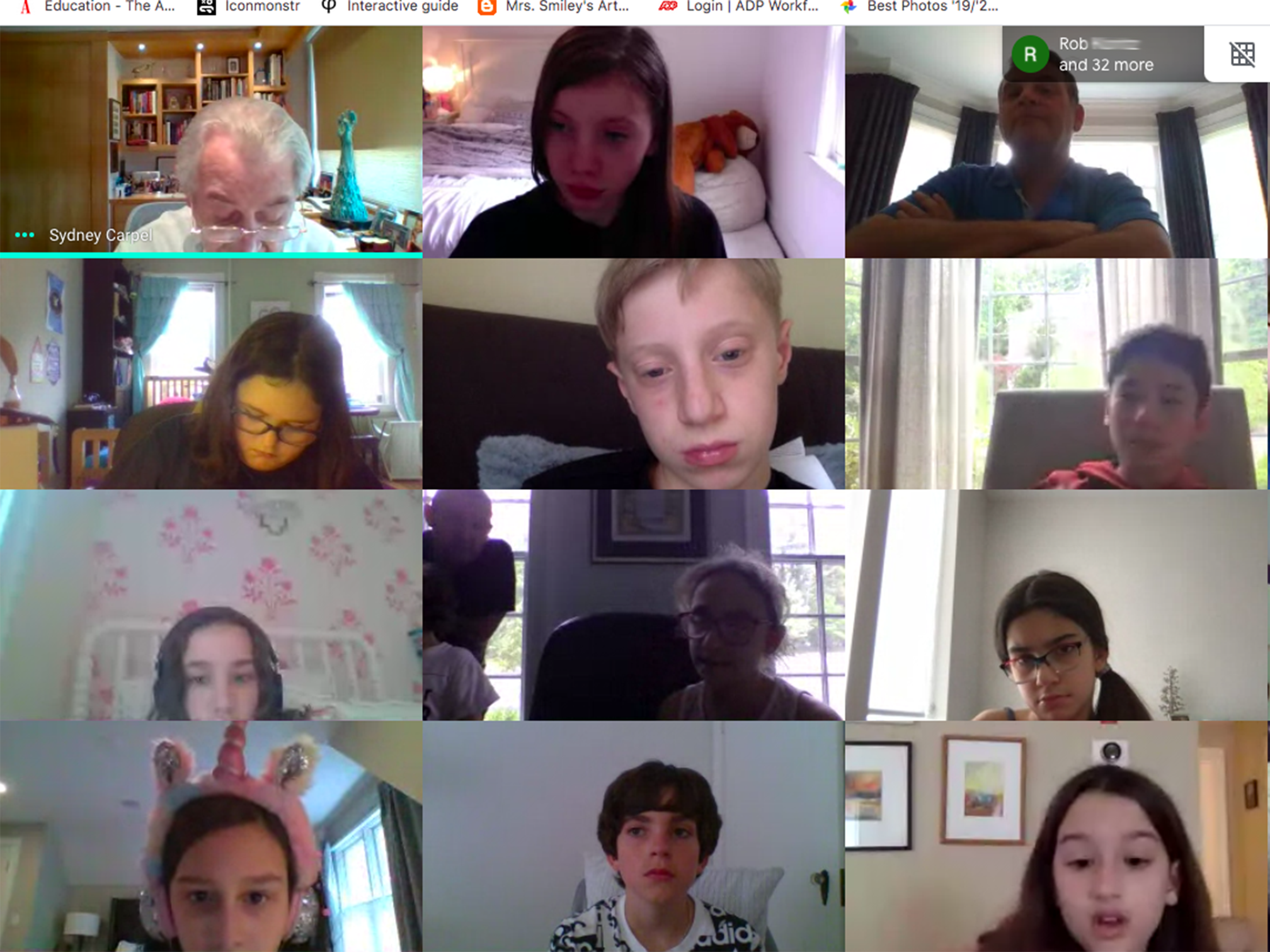
Mr. Schechter told his story, how he wasn’t even 12 years old when he was taken away from his home in the countryside of Slovakia. He told the Rashi students: “It is your responsibility to ask questions. It is my responsibility to tell you my story and what happened. There are so many [Holocaust] deniers. I want you to find a denier, or when a denier confronts you — tell them you know better, tell them you heard me tell you [my story].”
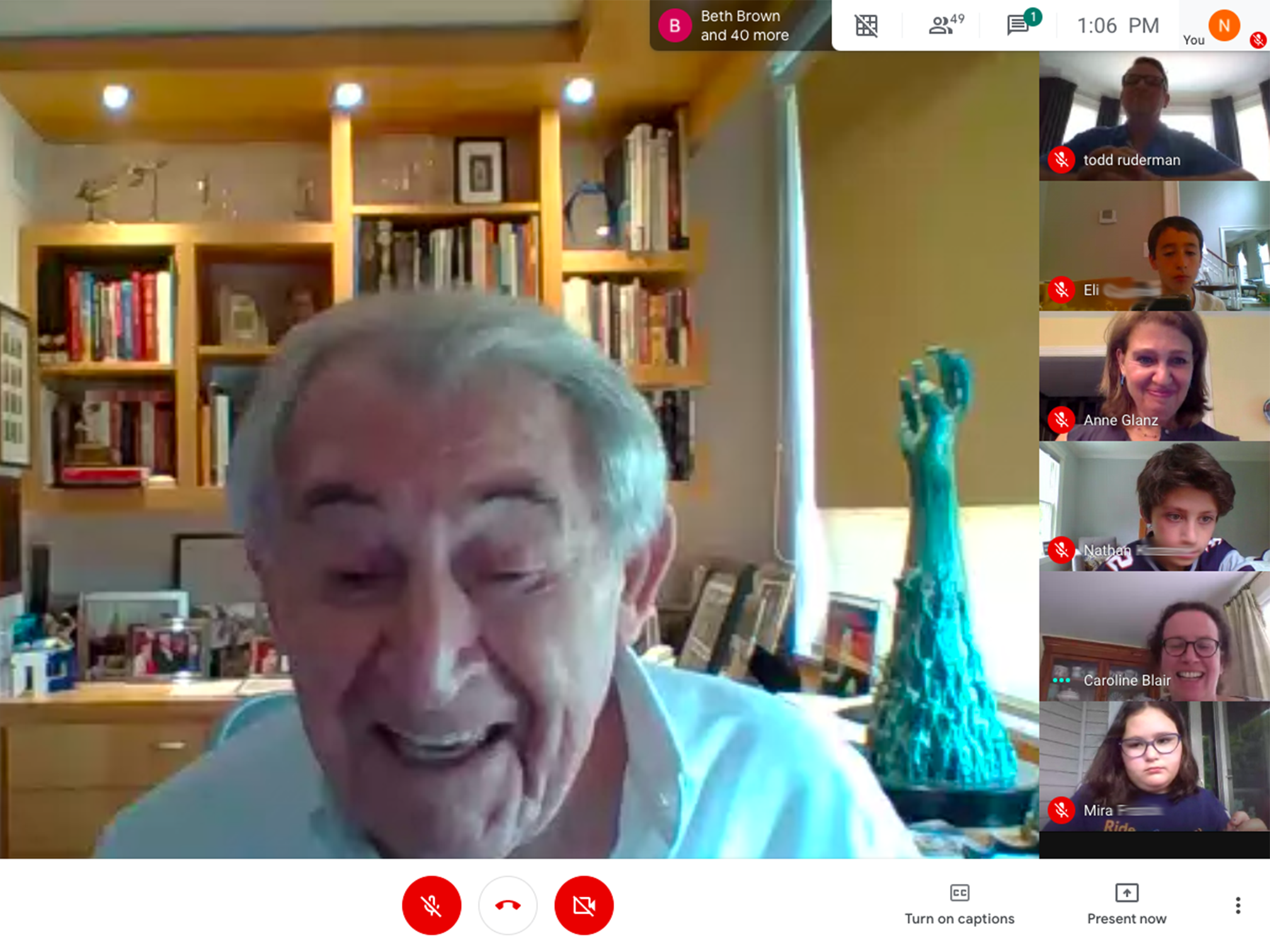
It is your responsibility to ask questions. It is my responsibility to tell you my story and what happened.
What hasn’t changed with the shift to Rashi Online is the depth of teaching. Ms. Glanz shares “in some ways, the unit has become even deeper.” She was able to weave Language Arts into the unit, in a way less possible before. She continues, “my students just finished essay responses to the book Number the Stars, instead of a traditional test we’ve done in the past. Their work was outstanding – thoughtful and well-written. I couldn’t be prouder. We will be keeping that summative assessment for next year!”

